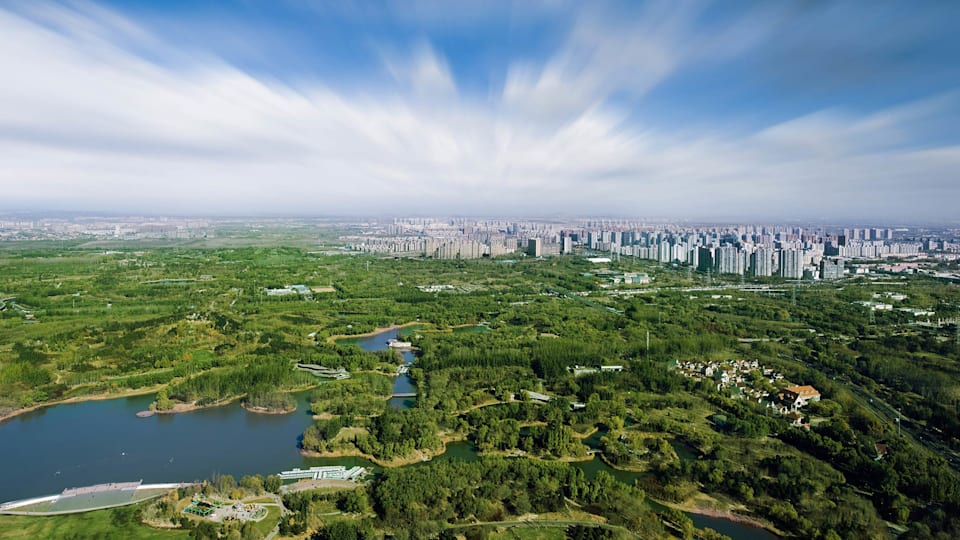Legacies live on in “New Beijing”
From urban parks perfect for a new crop of running-mad enthusiasts to trains with top speeds of 300km/h, 10 years on, Beijing residents are still enjoying the benefits of the Olympic Games in 2008.

Beijing’s 1,133-hectare Olympic Forest Park stands out as a daily reminder of the city’s efforts to use the Olympic Games as a catalyst for increased health and wellbeing. Every day, with sneakers in hand, tens of thousands of residents jump onto a train on metro line eight – purpose-built for the Beijing Games – and head to the Olympic Forest Park.
Watch more videos on the Olympic Channel
The result has been an explosion in the interest in running since 2008. Running groups have popped up all over Beijing and the Olympic Forest Park has become their haven. Young and old, large and small, lycra-clad athletes can be seen pounding the tracks and trails on a daily basis.
“Our Maker Group was established in June 2015,” said Beijing resident Cui Shi, who took up running after the Games. “At first, it was just a few people running together. Gradually we attracted more runners to join our group. We are of different ages, lifestyles and walks of life. Running together brings us health and joy. Our group now has more than 1,000 members in Beijing. By running together, we encourage each other, and motivate and challenge ourselves.”
The Park, which opened in 2008, was part of the Chinese government’s efforts to upgrade Beijing’s infrastructure ahead of the city’s first Olympic Games. The impact of these upgrades continues to reap rewards for Beijing residents.
“Because of the Olympic Games, we started paying more attention to sport and exercise,” said Miao Lei, who also took up running in the Park after the Games. “All kinds of exercise facilities have been built in almost every residential community. If it wasn’t for the promotion of the Olympic spirit, these facilities would not have been built so quickly.”
The metro, which serves Beijing’s 21 million-plus inhabitants, almost doubled in size thanks in part to the Games, while the main road network across the city was significantly expanded. It is this transport expansion that made places like the Olympic Forest Park accessible to a far larger range of people.
“I take subway line 8 to come here (Olympic Forest Park),” said Shi. “Line 8 was built for the Olympic Games, and it makes it much easier for runners to get to the Olympic Forest Park. Every time I run here, I am very happy. I run here at least three times a week.”
The subways and streets built around the Park weren’t the only boost to Beijing’s transport infrastructure. Beijing International Airport was also given a major facelift ahead of the Games. Its new terminal and a new runway have helped to significantly increase capacity during the past decade.
Getting to and from the airport is now simpler and quicker too, thanks to a direct rail link into central Beijing. Once there, visitors and residents have, since 2008, been able to cover the 120km from Beijing to the popular coastal metropolis of Tianjin in as little as 33 minutes. The bullet train – still something of a marvel for many tourists – reaches an awe-inspiring top speed of 300km/h during the journey.
Beijing 2008’s slogan during the bidding phase to host the Games was “New Beijing: Great Olympics”. Ten years on, memories of “Great Olympics” that featured the likes of Bolt, Phelps and Liukin still linger, as do the benefits of the improved transport and infrastructure for millions of Chinese in “New Beijing”.